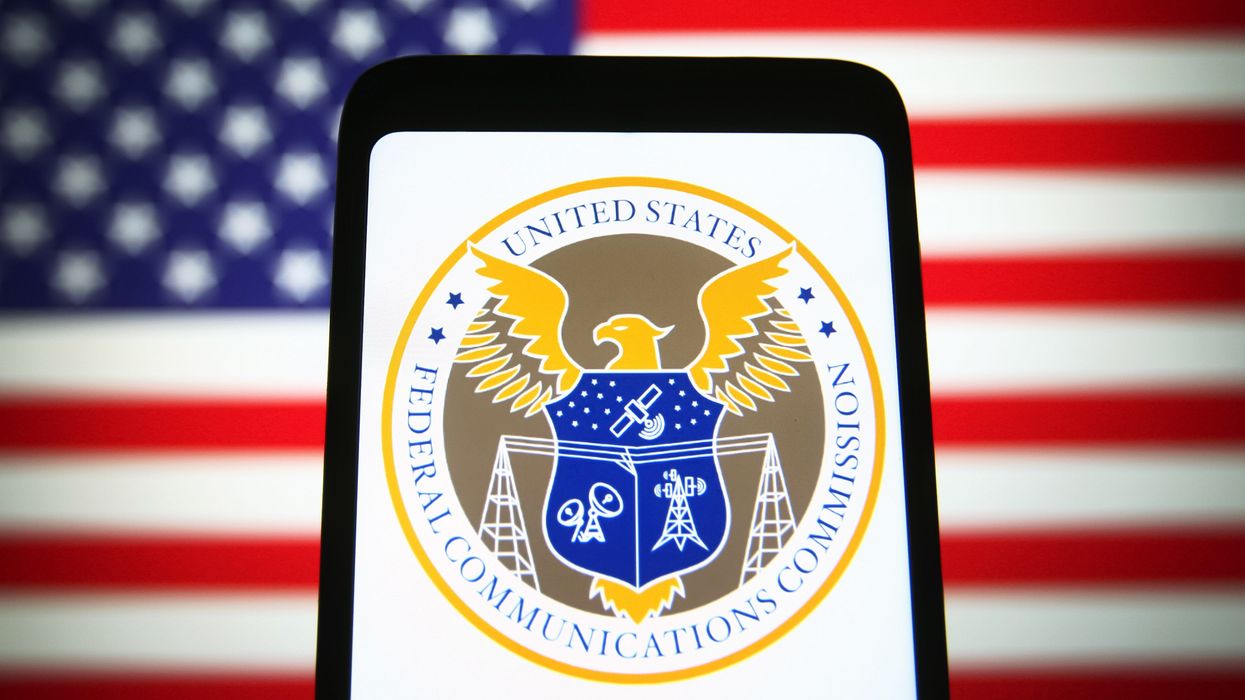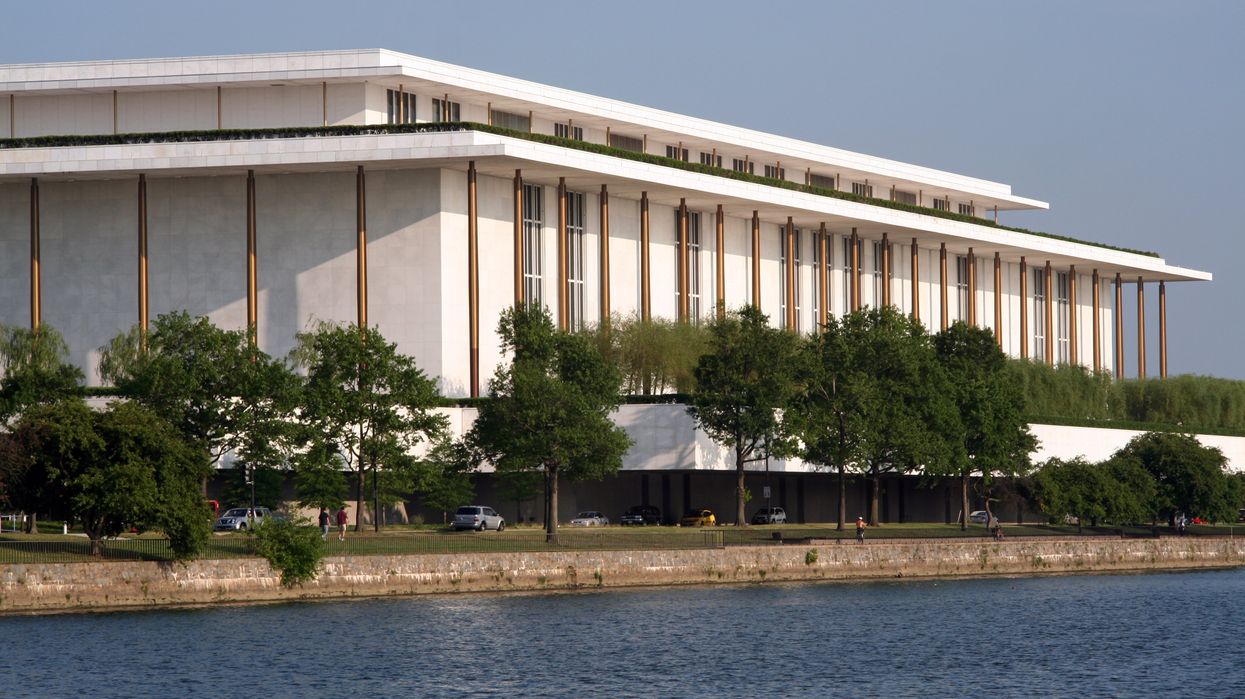Biffle is a podcast host and contributor at BillTrack50.
This is part of a series offering a nonpartisan counter to Project 2025, a conservative guideline to reforming government and policymaking during the first 180 days of a second Trump administration. The Fulcrum's cross partisan analysis of Project 2025 relies on unbiased critical thinking, reexamines outdated assumptions, and uses reason, scientific evidence, and data in analyzing and critiquing Project 2025.
Project 2025, the Heritage Foundation’s policy and personnel proposals for a second Trump administration, has four main goals when it comes to the Federal Communications Commission: reining in Big Tech, promoting national security, unleashing economic prosperity, and ensuring FCC accountability and good governance. Today, we’ll focus on the first of those agenda items.
But first, what is the FCC?
The Federal Communications Commission regulates U.S. communications, promoting free speech, economic growth and equitable access to advanced connectivity. Its goals include supporting diverse viewpoints, job creation, secure networks, updated infrastructure, prudent use of taxpayer money and “ensuring that every American has a fair shot at next-generation connectivity.” The FCC is an independent agency led by five president-appointed commissioners (including a chair who sets the overall agenda) serving five-year terms, with typically three aligning with the president's party.
A significant portion of the FCC's budget ($390.2 million requested in 2023) is self-funded, coming from regulatory fees and spectrum auction revenue. The agency's specialized bureaus focus on 5G transitions, net neutrality and FCC-licensed entity mergers. It also manages the Universal Service Fund, which supports rural broadband, low-income programs, and connectivity for schools and health care facilities.
The FCC plays a pivotal role in regulating Big Tech companies like Meta, Google and X, which significantly influence public discourse and market dynamics. These companies are often criticized for using their market dominance, which many feel is enabled by favorable regulations, to suppress diverse political viewpoints and for not paying a fair share towards programs that benefit them.
Project 2025 has several proposed initiatives aiming to address these issues:
Reform of how Section 230 is interpreted: Section 230 of the Communications Decency Act provides websites, including social media platforms, with immunity from liability for content posted by users. Project 2025 proposes the FCC clarify this immunity, suggesting that it does not apply universally to all content decisions, and thus guidelines to delineate when these protections are appropriate should be considered.
Implement new transparency rules: The report recommends the FCC impose transparency requirements on Big Tech, similar to those for broadband providers, and require mandatory disclosures about content moderation policies and practices. In addition, it calls on the agency to create transparent appeals processes for content removal decisions.
Legislative changes: Project 2025 wants the FCC to work with Congress to ensure "Internet companies no longer have carte blanche to censor protected speech while maintaining their Section 230 protections." Solutions could include introducing anti-discrimination provisions to prevent bias or censorship of political viewpoints
The report calls for passage of several bills related to Section 230:
- The Break Up Big Tech Act of 2020 aims to limit the immunity granted to interactive computer services under Section 230.
- The Protect Speech Act aims to ensure that immunity under Section 230 incentivizes online platforms to responsibly address illegal content.
- The CASE-IT Act seeks to hold Big Tech companies accountable for their content moderation practices.
- The Protecting Americans from Dangerous Algorithms Act would prevent interactive computer services from claiming immunity for claims involving their use of algorithms to rank, promote, recommend, or alter the delivery or display of information.
- The PACT Act would requires transparency, accountability, and
protections for consumers online.
Two states have already passed related legislation:
- Texas prohibits companies from removing content based on an author’s viewpoint.
- Florida bars social media companies from removing politicians from their site.
Further empower consumers: Project 2025 wants the FCC and Congress to prioritize "user control" as an express policy goal. Section 230 does encourage platforms to provide tools for users to moderate content themselves, including choosing content filters and fact-checkers. It also advocates for stricter age verification measures.
Require fair contribution to the Universal Service Fund: Finally, Project 2025 wants the FCC to establish regulations requiring Big Tech companies to pay their “fair share”into the USF. Currently, the USF is funded by charges on traditional telecommunications services, an outdated model as internet usage shifts to broadband. Big Tech is not currently required to contribute to this fund.
Is Project 2025 justified in seeking these changes?
On the surface, Project 2025's proposal to hold Big Tech accountable and "protect free speech" appears justified. There's a broad consensus that Big Tech should not have total immunity and should bear some responsibility for platforms' impact on users and content promotion. However, the implications of these changes could potentially cause more harm than good.
For example, requiring platforms to host all content under anti-discrimination laws could lead to the spread of harmful speech. Broad applications of these rules might limit effective moderation and allow harmful content to spread unchecked, posing risks to public health and increasing abuse and discrimination.
Additionally, the debate over whether internet platforms should be held responsible for the content they host continues across the political spectrum. The courts and Congress must weigh in with respect to balancing the risks of over-moderation. Without careful analysis, unnecessary removal of content due to fear of litigation could have the unintended consequence of allowing illegal or harmful content to thrive.
More articles about Project 2025
- A cross-partisan approach
- An Introduction
- Rumors of Project 2025’s Demise are Greatly Exaggerated
- Department of Education
- Managing the bureaucracy
- Department of Defense
- Department of Energy
- The Environmental Protection Agency
- Education Savings Accounts
- Department of Veterans Affairs
- The Department of Homeland Security
- U.S. Agency for International Development
- Affirmative action
- A federal Parents' Bill of Rights
- Department of Labor
- Intelligence community
- Department of State
- Department of the Interior
- Federal Communications Commission
- A perspective from Europe
- Department of Health and Human Services
- Voting Rights Act
- Another look at the Federal Communications Commission



















